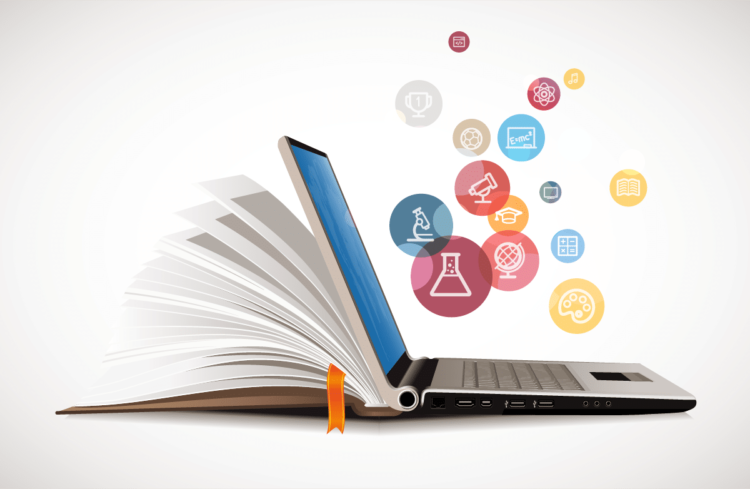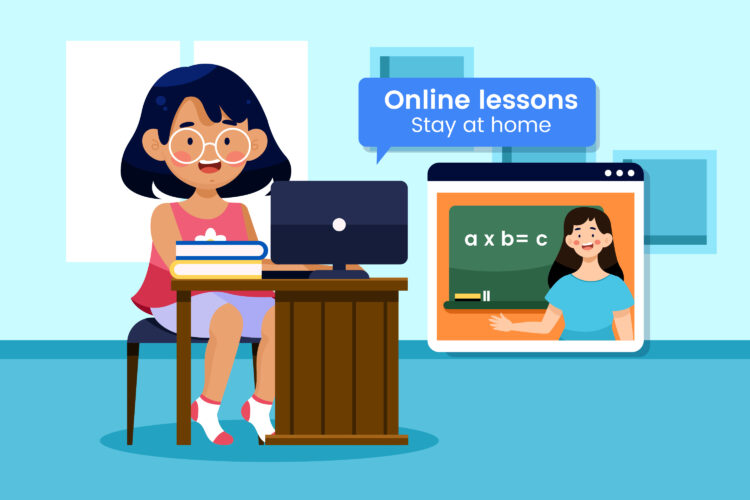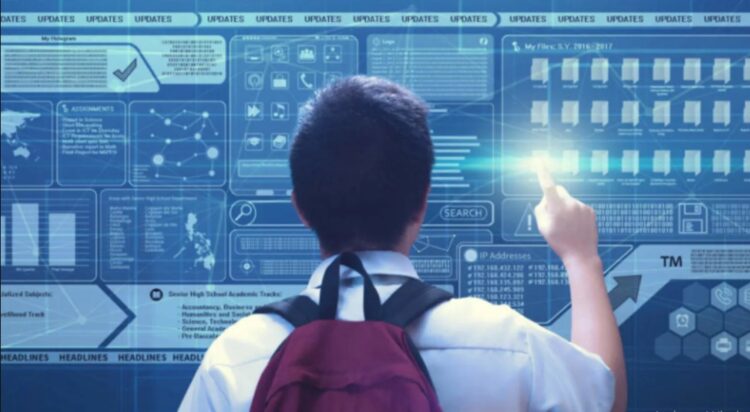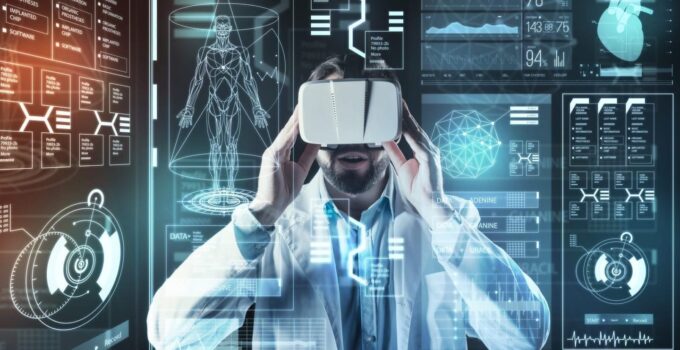We are all witnesses to the tech revolution that has been happening in the educational sector. The COVID19 pandemic has accelerated these processes in numerous ways. Schools have introduced the Zoom classrooms, colleges are offering free courses on platforms like Coursera, and many companies are holding their educational sessions online.
We can’t deny that these processes have both negative and positive sides to them. Still, as time passes, educational tools and programs are starting to evolve.
With that in mind, what does the future of education look like? Are there any downsides to the digitalization of educational processes?
In this article, we will discuss this topic in detail to help you familiarize yourself with the concept. So, without any further ado, let’s get to the bottom of it!
Page Contents
Education, digitalization, and COVID19

Source: gstic.org
As we previously mentioned, COVID19 has had a huge impact on the world of education. Zoom classes and online courses have become a norm in these past few months.
There’s no denying that the pandemic has impacted the educational sector in a major way. Traditional methods of studying aren’t a possibility while a contagious, potentially deadly virus is raging around the globe.
The shift to online learning has brought many challenges to educators and students around the world. For many, it was a completely new concept, so adapting was difficult. Still, after a few months of online education, people began to see the advantages it certainly brings. In the next few sections of this text, we will discuss the potential advantages of an online education system.
The advantages digitalization brings into education

Source: childhub.org
Even though it became the only way to keep educational processes running, digital educational tools might be here to stay. Many experts predict an entirely different future for the educational sector, especially considering the speed at which relevant technology is evolving. Just a couple of years ago, most of us couldn’t even imagine listening to a college course inside of our bedrooms.
So, why is this such a big deal?
First of all, it makes education accessible to everyone. Many students living in remote areas have trouble getting a proper education, just because they don’t have ways to get to school. Online education has the potential to make courses accessible to everyone, no matter where they are. In addition, those students who sometimes have to work multiple jobs just to finance their education can now organize their time efficiently. This type of education creates equal opportunities and makes things easier for people in low-income communities.
Other than that, online education is cheaper to produce, as video materials can be used by a large student body, and they can be reused as many times as you want.
So yes, technology could completely change the way we teach and learn. It could potentially bring education to the poorest communities, and make educators’ jobs easier.
Different kinds of technology used for educational purposes

Source: securedgenetworks.com
What is the most popular type of technology used in education? How does it shape the educational processes? How will it evolve in the future?
In this section, we’ll be providing an answer to these questions and more.
Well, there are many kinds of technology used for learning. The most popular type is certainly video materials. Online courses such as those at Gooroo Courses, have helped many in their pursuits of better knowledge. They provide access to the most prominent experts in different industries. Today, you can study anything online: from classical literature to cooking. These enormous knowledge bases make it so everyone can learn anything from the comfort of their homes.
Other than that, especially during the COVID19 crisis, many schools and colleges are starting to use communication tools such as Zoom and Microsoft Teams. These tools help educators to stay connected to their students, and screen share tools keep their classes as close to the real thing as possible.
Also, platforms such as Moodle keep the entire class online. Professors and teachers can assign homework, exams, and post their lectures with a click of a button.
In the future, we’ll probably see many more digital solutions that assist in sharing knowledge. While the traditional classroom is probably not going anywhere for a while, we can still expect technology to keep influencing the learning processes in the next decade.
What does the future look like?

Source: dev.to
As we previously mentioned, the implementation of technology in schools is unavoidable. It’s simply going to happen whether we like it or not. So what needs to be done to make this transition smoother?
The first step is to train our educators properly. Many of them aren’t well-accustomed to technology. Even though the technology is there to make their jobs easier, many are reluctant to give it a try. It’s likely that in the future, everyone who pursues a career in teaching will have to go through tech training.
As many people cannot afford the latest tech, schools and colleges will probably be more equipped with laptops and tablets to lend out to students who can’t afford them. Even if that turns out not to be the case, technology is becoming an essential part of our life, so it’s no wonder it’s getting cheaper.
Technology also reduces the need for physical books and notebooks. Over 32 million trees are cut every year just to produce books in the US, so we can see how beneficial going digital can be for our planet.
With the growing awareness around “green issues”, society might go paperless in the following decades.
The conclusion
The future of tech-fueled education is looking bright. We have seen many innovations in such a short time, that online learning now seems inevitable. While many people think it’s not a good direction, we disagree. Online learning can help people gain knowledge no matter where they come from, and no matter how rich they are. Idealistically, it would be a future where nobody lacks access to learning, but of course, we still have a long way to go.





